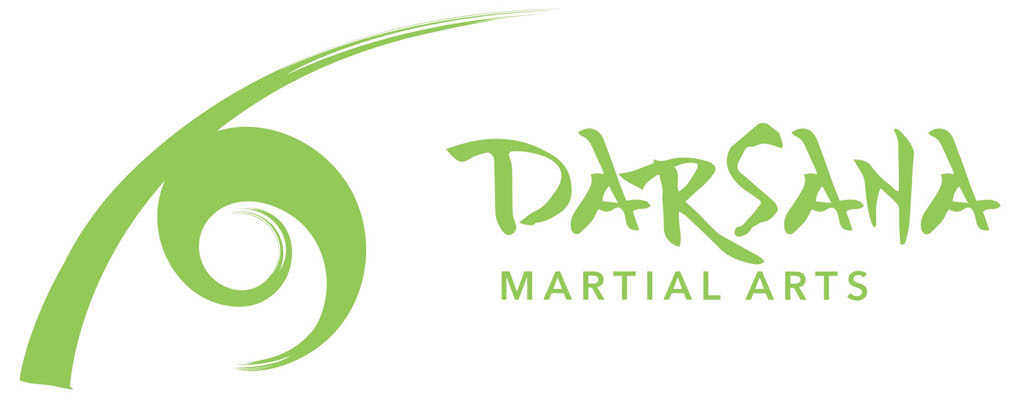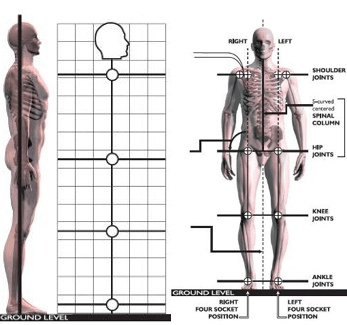The goal and purpose of tai chi (also taiji) practice is to develop a body and mind that functions by the tai chi principle. That principle is the harmonization of opposites so that perfect balance is maintained. There are three key concepts to understand before you can begin to apply this principle effectively: Wuji, Yin-Yang, and Taiji.
Wuji literally translates as “without ridgepole, or without extreme.” (A ridgepole is the beam that separates the two halves of a roof in common Chinese architecture.) The meaning conveyed is that wuji is a non-polar state, or a state of non-separation – total oneness.
Yin and Yang represent opposites that are mutually dependent. Examples include day and night, hard and soft, north and south, and so on. In terms of integrating the yin-yang concept with wuji, think of yin and yang as the two polar opposites which wuji can be divided into.
Taiji literally translates as “great extreme or great ridgepole,” which is to convey that taiji is a polar state in which opposing extremes are present. Taiji is the state in which yin and yang are harmonized into a single dynamic system of balanced forces.
Plugging our understanding of these three terms back into our definition of the tai chi principle, we can say:
The tai chi principle is the harmonization of yin and yang so that wuji can be maintained.
Using this definition of the tai chi principle, we can begin to discuss the process of personal development of tai chi skill. There are essentially two aspects to the practice of tai chi: the mental and physical development aspect for health and wellness, and the martial art aspect.
1. Structure: Structure is based upon the wuji concept of no extremes, or neutrality. In terms of personal alignment, this is done through vertical stacking of the skeletal structure. This vertical stacking is facilitated through balanced muscle tone throughout the body (meaning that muscles and soft connective tissues are not too tight or overstretched, causing imbalanced forces on joints and misalignment in skeletal structure). In terms of relationship to others (martially), this wuji neutrality is found in reference to central relationship (an imaginary line that connects your center to another person’s). At all times during contact, the limbs are aligned to create maximal connection between your center and your opponent’s center with no energetic leaks or blocks, and therefore minimal muscular effort or stress.
2. Relaxation/Softness: To some degree, this phase of development both depends upon and happens as a byproduct of structure. In terms of personal development, relaxation is about having a permeable body state. This means that there is no excess tension in the body, and that there is enough strength and flexibility of the muscles and connective tissues so that the body can transfer force through its structure without leaks or blocks. This is the other side of the coin from structure. In terms of relationship (martially), softness refers to our general response to force, namely that we don’t resist force with force. We yield to it. This is the first step to making adjustments to maintain your wuji. It’s also important to understand that wuji means energetic independence. It’s our center (our balance point) and the reference point for all our adjustments to change.
3. Coordination: Both structure and relaxation refers to semi-passive, neutral states. They refer to the attainment of a wuji body. Coordination is the skill of movement (specifically of adjusting to change) that maintains wuji at all times. This means that yin and yang are at play. Keeping yin and yang in harmony within one’s own movements is Taiji-gongfu. The skill of Taiji (yin-yang harmony) is acquired through long hours of focused effort. In terms of martial relationship, this skill means adjusting to changes of space and force so that you can maintain your vertical alignment and soft body state (personal wuji) and your neutral alignment to central relationship (relational wuji). Coordination with your opponent is the art of harmonious adjustment so that you can maintain your wuji.
4. Intent: This is the stage of infusing the body with mind. In truth, this is happening throughout the previous phases of your training. It is the culmination of structure, softness, and coordination, and it is the letting go of all three. At this point, Taiji is the way you think, act, and move. That said, there is a stage of development at which the way you generate power shifts from physical action to mental intention. In terms of martial relationship, this is spontaneous, correct action. Correct because it is in perfect harmony with the forces acting on you. Your awareness grasps (or is already grasping) the process of change and your mind and body make adjustments automatically. This “automatic” adjustment relies upon your development in the first three stages, and then your “body-mind” becomes a sort of computing system for adjusting to change, with the tai chi principle as its soft-wear.
In stillness, yin and yang integrate into one: wuji. In motion, yin and yang separate: taiji. Both are states of balance. If we establish wuji, and focus on maintaining it in motion, the inevitable result is taiji.


